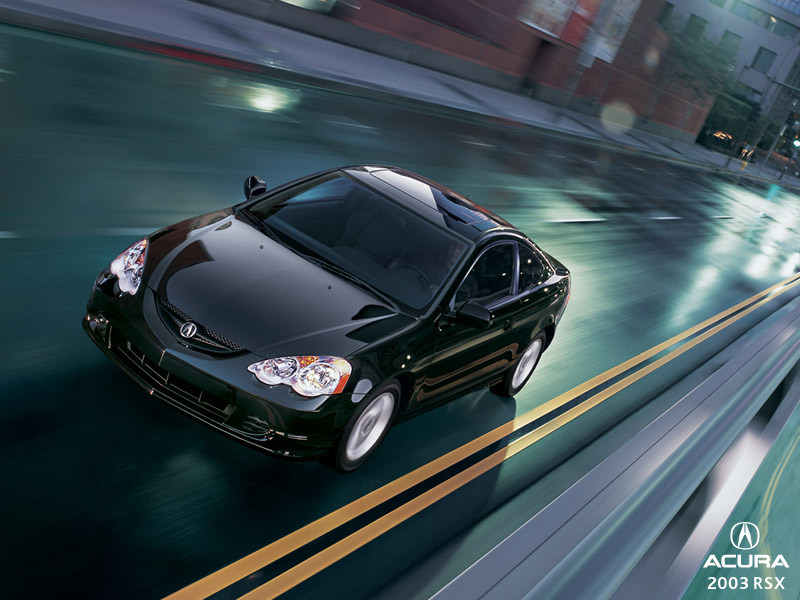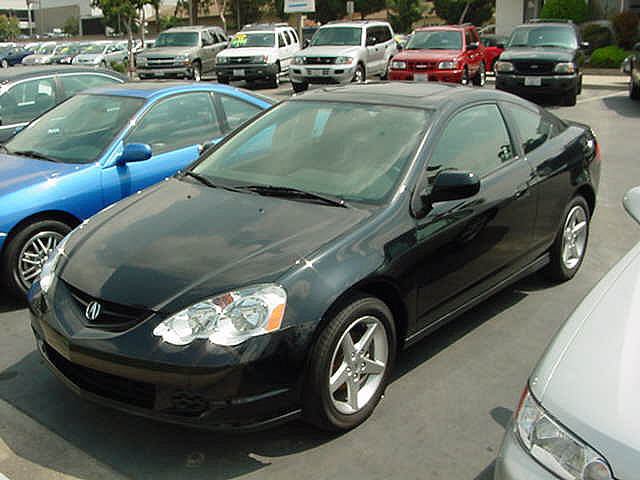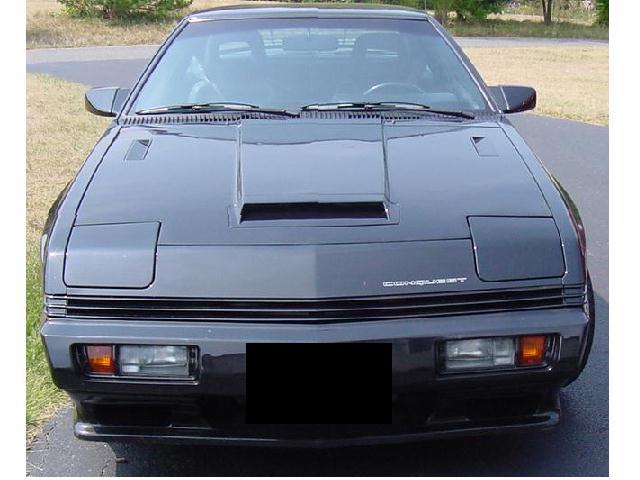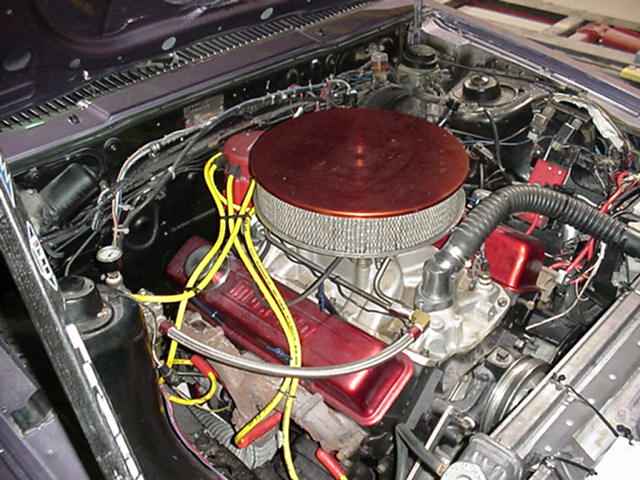| Engine |
2003 Acura RSX |
2003 Acura RSX
Type-S |
Type
|
16-valve,
DOHC, 2.0-liter, i-VTEC 4-cylinder |
Horsepower, SAE Net
|
160 hp @ 6500 rpm |
200 hp @ 7400 rpm |
| Torque, SAE Net |
141 lb.-ft. @ 4000 rpm |
142 lb.-ft. @ 6000 rpm |
| Redline |
6800 rpm |
7900 rpm |
| Bore and Stroke |
3.39 in. x 3.39 in. (86 mm
x 86 mm) |
| Displacement |
122.1 cu. in. (1998 cc) |
| Compression Ratio |
9.8:1 |
11.0:1 |
| Induction System |
Programmed Fuel Injection
(PGM-FI) |
| Valvetrain |
i-VTEC intelligent Variable
Valve Timing and Lift Electronic Control (VTC), DOHC, 4-valves-per-cylinder,
chain-driven camshafts and variable timing control |
| Engine Block |
Aluminum alloy with cast-in
iron liners |
| Cylinder Head |
Aluminum alloy with four
valves-per-cylinder pent-roof combustion chambers |
| Emission Control |
LEV-2 (Low Emissions Vehicle-II)
emissions control |
| Ignition System |
Direct ignition system |
| Alternator |
110-amp max |
| Battery |
12V, maintenance-free |
| Recommended Fuel |
Unleaded |
Premium Unleaded |
 vs.
vs.

 vs.
vs.

 Let's take a step back so you can understand how confused I was at this point. I had guessed the Acura RSX was a chainsaw-ripping,
high-revving, small displacement motor with the ever popular VTEC treatment. Sure, they make plenty of horsepower at zillions
of RPM, but my experience is that the torque falls greatly behind. Wouldn't the sheer displacement of my 2.6L turbo motor be
enough to pull me up the hill faster than this four-wheeled weed whacker? That was my mentality. That's why I had to keep
trying. To find where my 15-year old motor would have its day.
Let's take a step back so you can understand how confused I was at this point. I had guessed the Acura RSX was a chainsaw-ripping,
high-revving, small displacement motor with the ever popular VTEC treatment. Sure, they make plenty of horsepower at zillions
of RPM, but my experience is that the torque falls greatly behind. Wouldn't the sheer displacement of my 2.6L turbo motor be
enough to pull me up the hill faster than this four-wheeled weed whacker? That was my mentality. That's why I had to keep
trying. To find where my 15-year old motor would have its day.
 Each time, I somehow caught up with him on the open road, enough to repeat the whole process a few times. Finally, he slowed
down at an interchange, and I passed him, thinking he was getting on another roadway. I winked my brakelights a few times,
as if to say, "See ya, 'til next time". Maybe that was what caused him to stay with me one more time.
Each time, I somehow caught up with him on the open road, enough to repeat the whole process a few times. Finally, he slowed
down at an interchange, and I passed him, thinking he was getting on another roadway. I winked my brakelights a few times,
as if to say, "See ya, 'til next time". Maybe that was what caused him to stay with me one more time.
